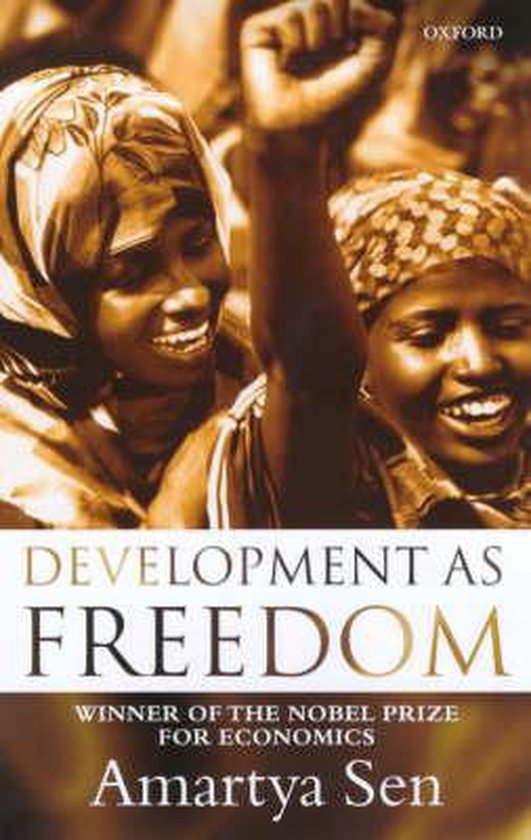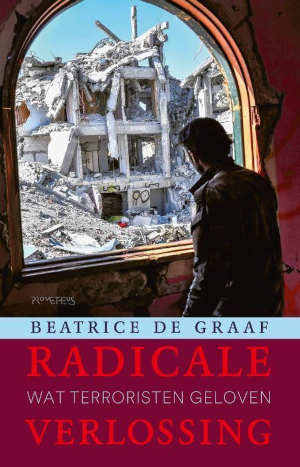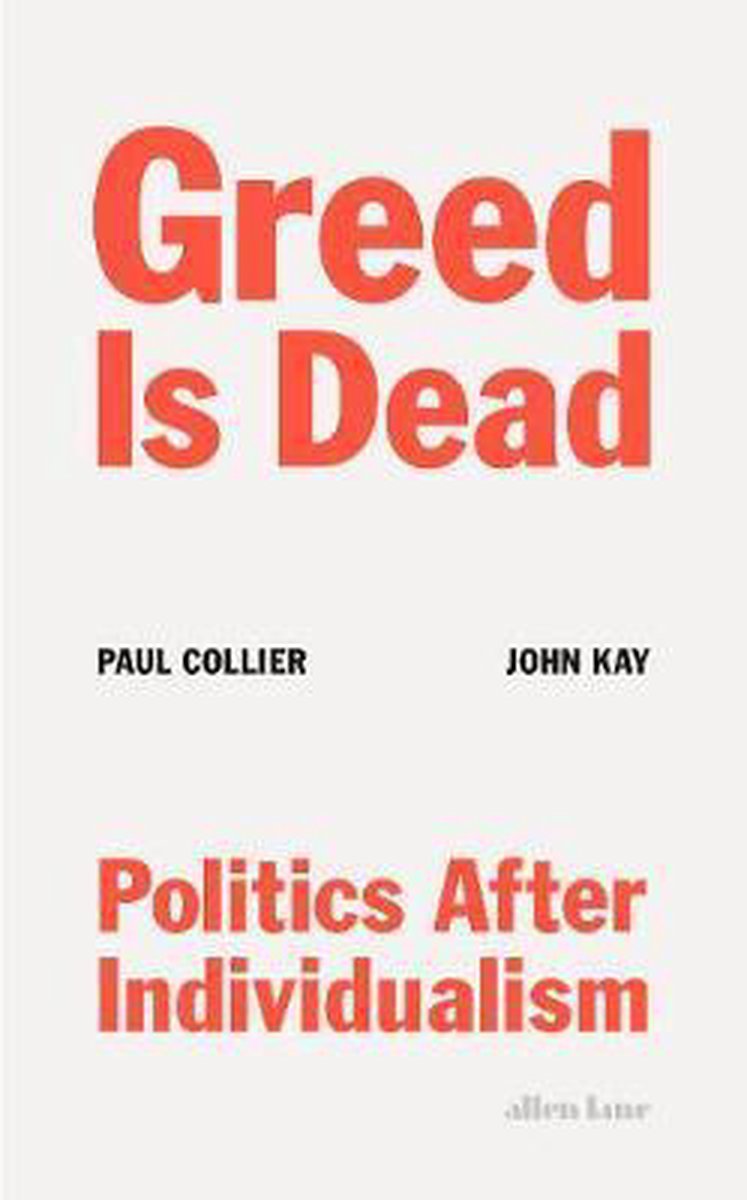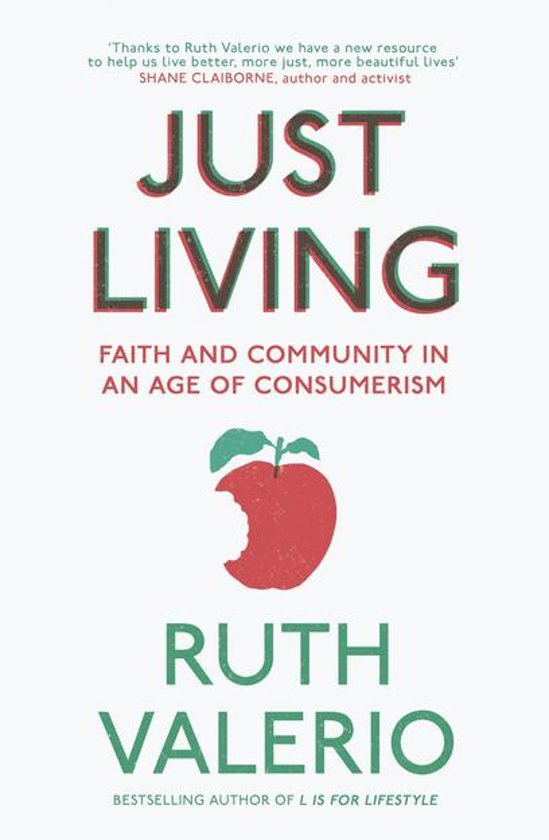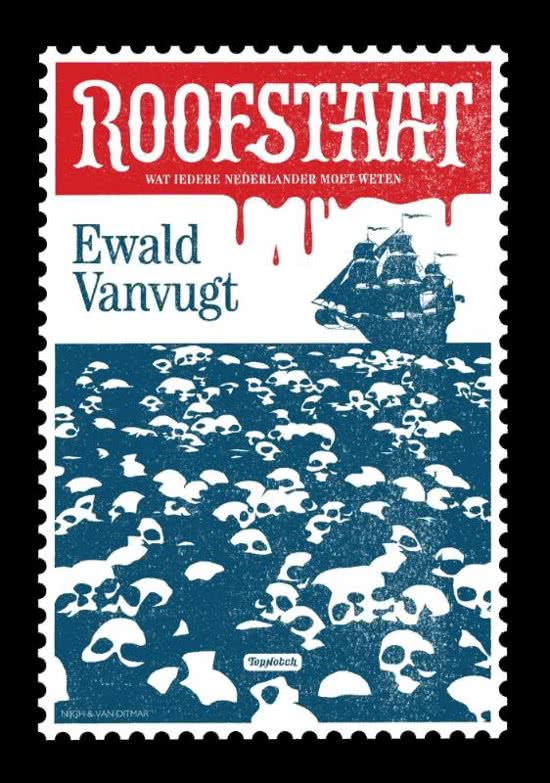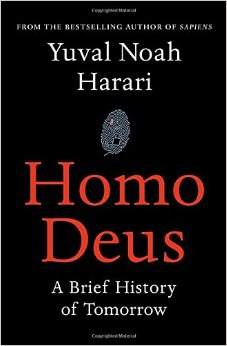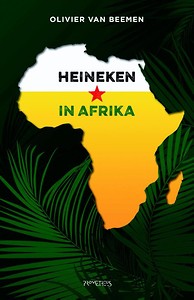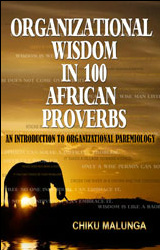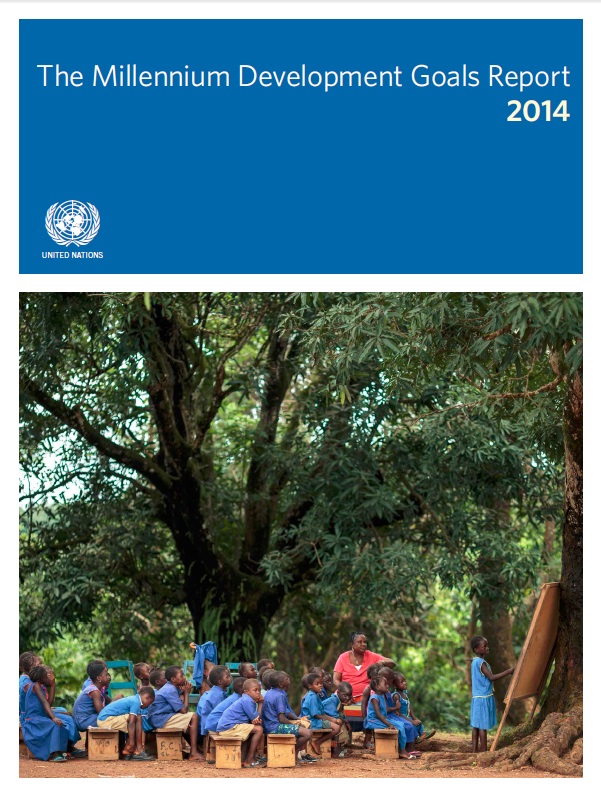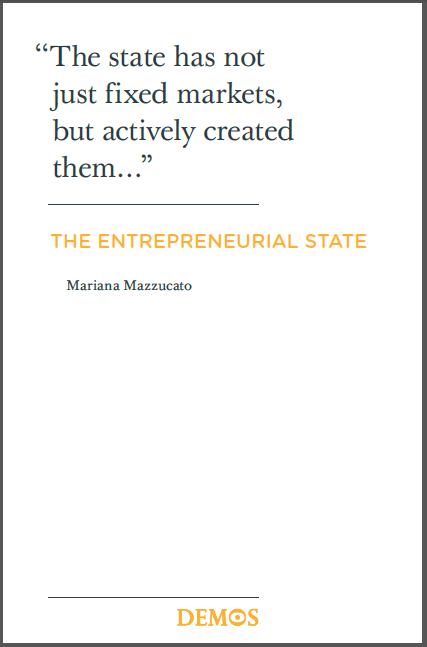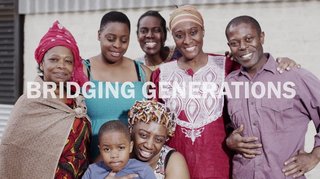 Several Dutch development agencies still maintain organizational structures that would much better support a production factory than the entrepreneurship model that is required today. New leadership is taking on the required transformation, raised in modern business management schools. However, will they succeed? It struck me that various development organizations in my direct environment are letting go of the old departmental hierarchy model and start working with self-steering project teams to trigger a more entrepreneurial spirit. It builds on the idea that we often harbour more skills, network and experience in ourselves than our job-descriptions will mobilize. For example: people feel constraint to do marketing if they are not part of the marketing team, while possibly the best positioned to take on marketing in the current digitally connected world are the first line responders. Hence the idea to constitute project teams that bring together a team with complementary skills, networks and experience that work together on specific projects. However, the big question is how do we get from A to B. Especially when B is not all that clear to everybody and cannot be captured into a simple and straightforward organizational model that presents a clear staff- and line-management structure. Secondly, where should all these middle-managers be heading for. Should they become peers to staff they previously managed? And what about good managers? They may not necessarily be the best implementers but have other skills to develop their teams: allocate time efficiently, ensure systems are in place and keep people in check, carry out performance appraisals. Who is going to do all of that? And who is to manage the size of portfolio's and ensures that all costs are covered? So, everybody senses the need for some rigour to be maintained while building sufficient flexibility to facilitate entrepreneurship. Institutional change required Also, the institutional environment of development actors should evolve. This environment is still dictated by the old Taylorian school of increasing efficiencies through corporation and division of labour. Institutional donors, requiring agencies to compete to deliver on projects and programs, basically have embraced the market-based model that dictates who wins the bid. Relations matter less or could even hamper a due diligence approach. International NGOs themselves have contributed to this by raising their corporate profile through branding, linked to professionalized lobby on key-thematic areas that help shape their corporate identity. Phrases like: "we want to be world-class experts in..." frequently feature at strategy sessions at corporate level. The focus shifts from 'where the needs are' to 'where we are good at', or ‘our policy goal’. For example: discussions around the Sustainable Development Goals do no longer circle around whether or not the SDGs do present useful lenses that helps us understand the complexity of the challenge at hand, but help us to position our organization in the global development landscape. Hence the aim becomes to identify the SDGs that are most relevant to our mission rather than considering the framework of all 17 SDGs as a guiding instrument for all our actions. In the field At the bottom end this results into a myriad of agencies with a presence in a certain locality, often working with a single sector or bureau on a very specific problem. Hence, when a disaster strikes, you may find a lot of capacity available in terms of personnel, cars, etc. but a marginal proportion of it can be mobilized to deal with the disaster. Rather agencies are busy with the impact of the disaster on their operations and how to be answerable to the donor who paid them for the specific service delivery, which is impeded or even aborted by the crisis. How do you do education around family planning and contraception as a development agency in an area where people are busy with their herds preventing massive starvation and where families need to employ all sorts of coping strategies, ripping families apart? Or even closer, how to implement a major cattle vaccination campaign when cattle are undernourished and cannot be vaccinated? No easy answer There is no easy answer to the questions raised above. However, what it boils down to is that at least local decision-makers should feel better in control of resources allocated through central planning mechanisms, be it with donors or with the central government. They could be helped in this endeavor by agencies that employ a so-called area development approach, trying to be partner to both the community and the local governing bodies in bringing the resources in at the appropriate time or mobilizing them from the community itself. These agencies may not necessarily have the capacity in place to compete on very specialized calls for proposals, which they could leave to other agencies, but they could link up to them. A better interplay between long-term development partners (in a specific locality) and specialized agencies that may be called in to deliver a specific service, would benefit long term development efforts a lot. Geographies or themes I remember many discussions in development agencies about whether they should organize themselves geographically or thematically. The first approach typically translates into country specialists and local country offices that helps implementing programs funded by international donors. The country specialist functions as an intermediary between state and non-state actors both at home as well as in the recipient country often through own implementation capacity in-country. The second approach brings experts from within the organization to any country situation where the desired expertise is required and apparently not locally available, often followed by a Training-of-Trainers approach, hoping for the uptake of the new technology or ways of working with the local organizations whose capacity is built. For this approach the building of local capacity is often prioritized. Added value is created in both situations. Knowledge is managed in both situations as well. M&E systems will need to be in place for both. And so on. Consortia Occasionally you will find agencies from both sides of the spectrum in one consortium. If properly managed they will realize that one part of the consortium could be the implementing vehicle for the other part of the consortium, which would lead to a great symbiosis where access to specific target groups and/or areas is combined with access to specific knowledge and expertise. I would plea for better consortium management in which agencies are forced to reinforce each other. Some agencies will participate due to their long-term presence in a certain area, while others participate due to their specialised knowledge required at a specific time. However, rather than having the SDGs determine which agency is best positioned to take the bid forward, I would argue that local level decision-makers should be in the lead as to what kind of support is delivered at what time. For the sake of clarity of the argument, I have left the political dimension outside the scope of this article. Questions around legitimacy of local decision-making need to be answered. Also it is clear that prevailing donor agendas are not necessarily focussed on what is the best solution locally. And even community based approaches often miss-out on the larger picture of a catchment area or impacts on other communities. In terms of governance the interplay between central planning authorities and local-level planning should be maximised, including cross-border dimensions of certain livelihood challenges. However, the same is true for non-state actors with central planning "authorities". If not sufficiently informed by local level realities, they tend to go off-track and end up serving political agendas of the powerful rather than stand by the powerless. Hybrid forms of cooperation It is for this reason that I would plea for combining long-term partnerships that carry a history of cooperation over many years with short-term technical inputs from specialized agencies, preferably in cooperation with local knowledge partners (like local universities or local specialized agencies). Hence: project teams that function across organizational spaces with a clear mandate and limited timeframe. What this entails in terms of organizational structure (as discussed above) is still unclear. The optimum cooperation between (former) departments within organizations should at least be complemented by effective mechanisms of cooperation outside the organization where longer-term engagement with certain localities is combined with specialized input that help connect the dots between local and global development agendas. This will ensure that support provided is embedded in longer-term relationships of accountability that builds a local knowledge body that serves the local development agenda and is selective in terms of what agency to involve when. Donors would do well in acknowledging this important role of local development partners, building conditions in their contracts not necessarily requiring track record in number of projects or expertise but rather in engagement with a certain locality or target group over a longer time-frame. Umoja The UN is reforming its systems to support more togetherness in the way they administer their programs. The name of the new system is not fo no reason "Umoja", which is the Swahili word for "unity" or "togetherness". For those who have worked with the UN you know what a challenge this often offers. Also corporate INGOs face this problem at times. I am seeing the IT industry, in particular packages like Microsoft Office 365, gradually sorting this out for them. And throughout my career I have come across the same consultants offering similar services to update systems to comply with Office 365 standards and cloud-based system administration. Although I am hopeful this will indeed bring about the sort of system change we need for corporates to better manage their business, in the end it is not about systems but about people. Tearfund adopted Umoja already years ago to name their community mobilization approach in working with churches. What I like about the approach is that it challenges churches to step out of their comfort zone and care-taking of their own community members and contribute to the wider community. what I really like about the way this is rolled-out is that it also targets churches in Western societies (like in the Netherlands) to learn from the African churches what Umoja is all about. True reciprocity that our sector is so much in need of. Soon I will be supporting both the Tear and Tearfund teams in the Netherlands and the UK to explore how to capitalize on this approach and similar experiences. I will also help develop some new initiatives in the context of PerspActive. The latter is an attempt to let go of the competition model and embrace the concept of collaboration to arrive at propositions for next generation development. An exciting perspective!
0 Comments
Your comment will be posted after it is approved.
Leave a Reply. |
About meMy name is Reinier van Hoffen. U®Reading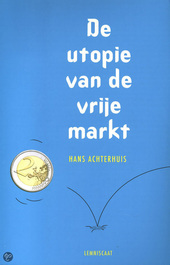
Click here for a summary.
Also find the text of a lecture Dr. Achterhuis held at the 2012 Bilderberg conference. Archives
August 2022
|
AddressNachtegaallaan 26
Ede, the Netherlands |
Telephone+31 (0)6 1429 1569
|
|
 RSS Feed
RSS Feed

